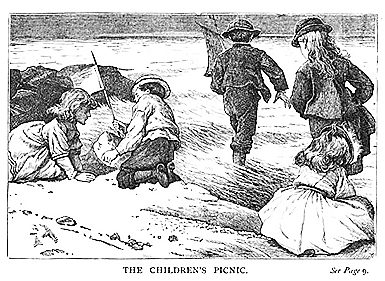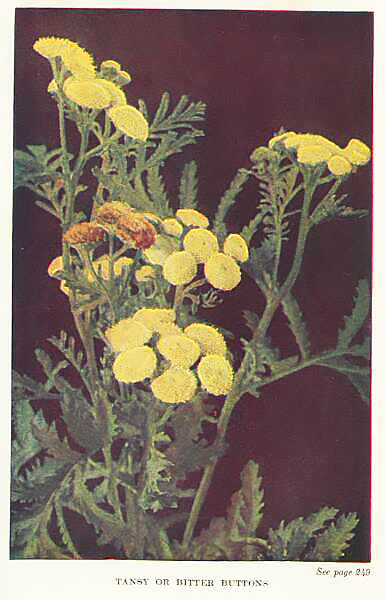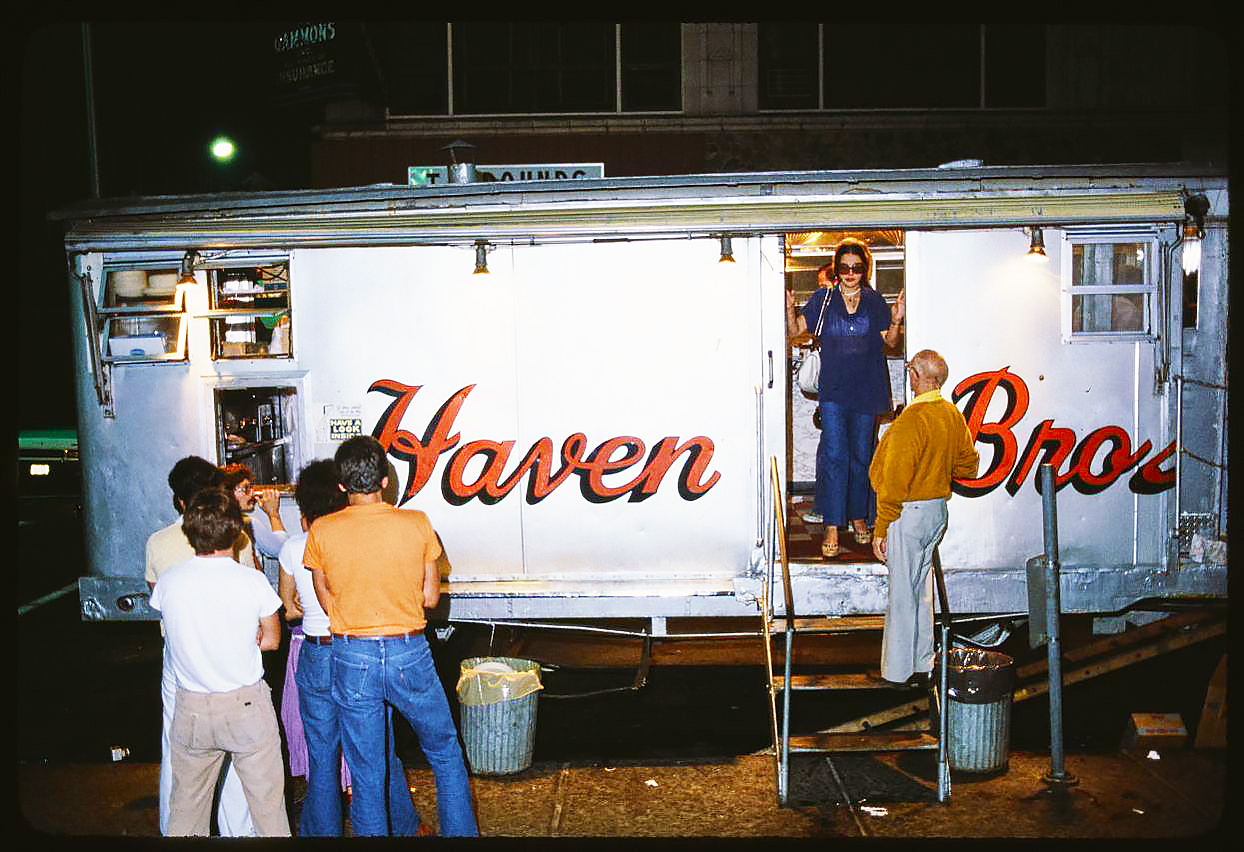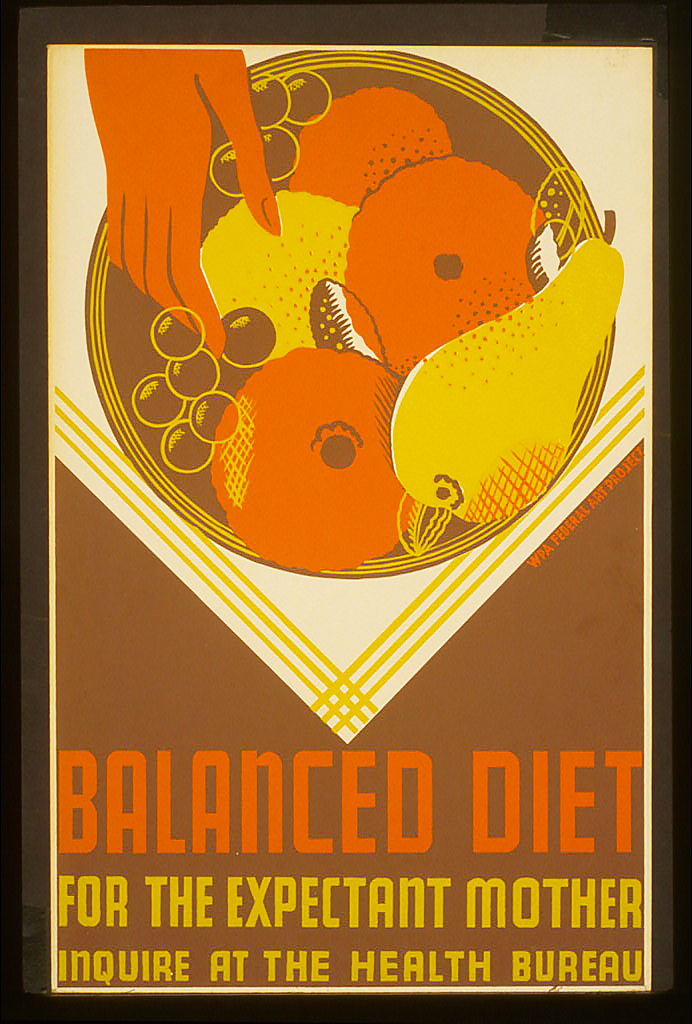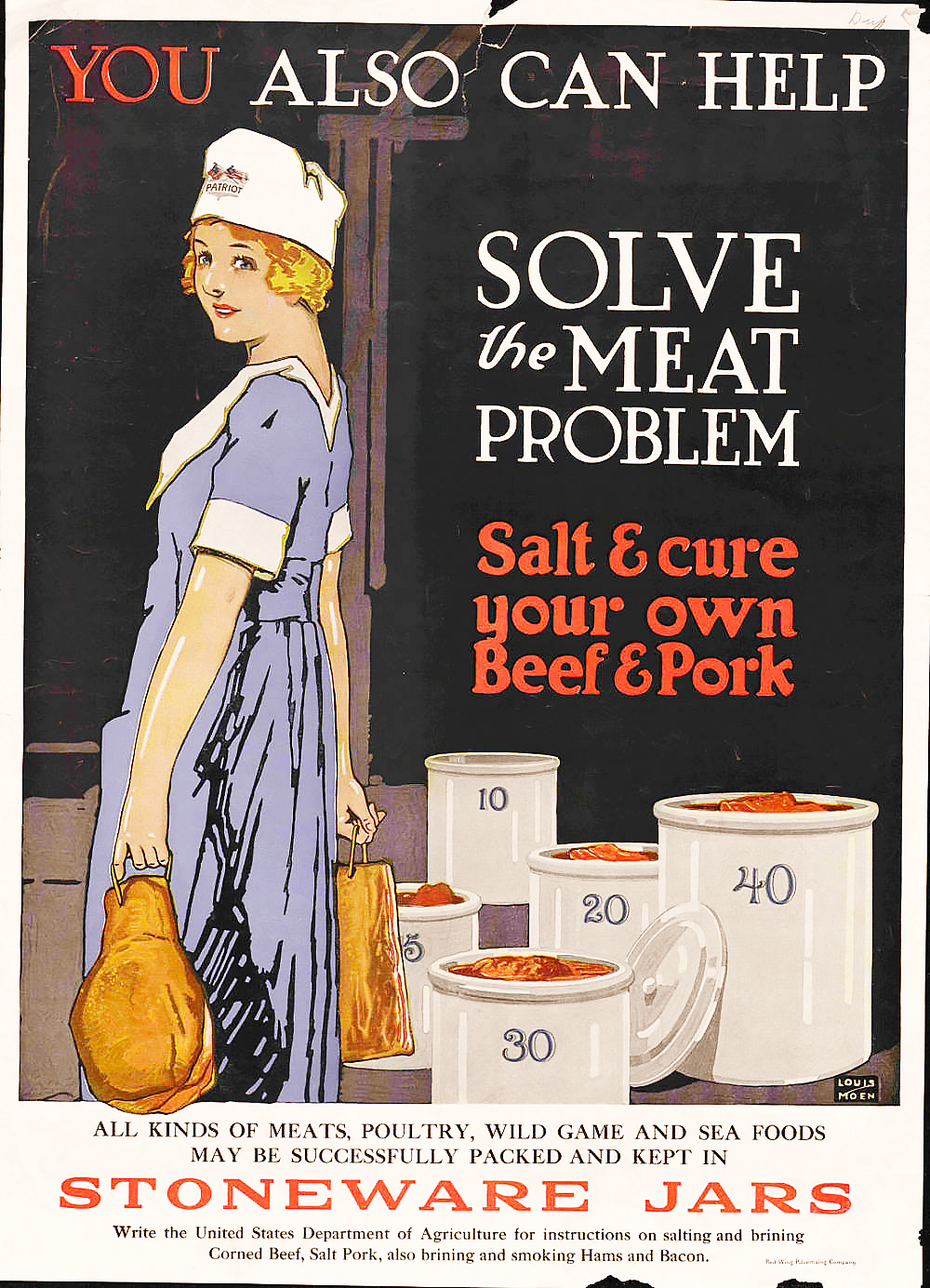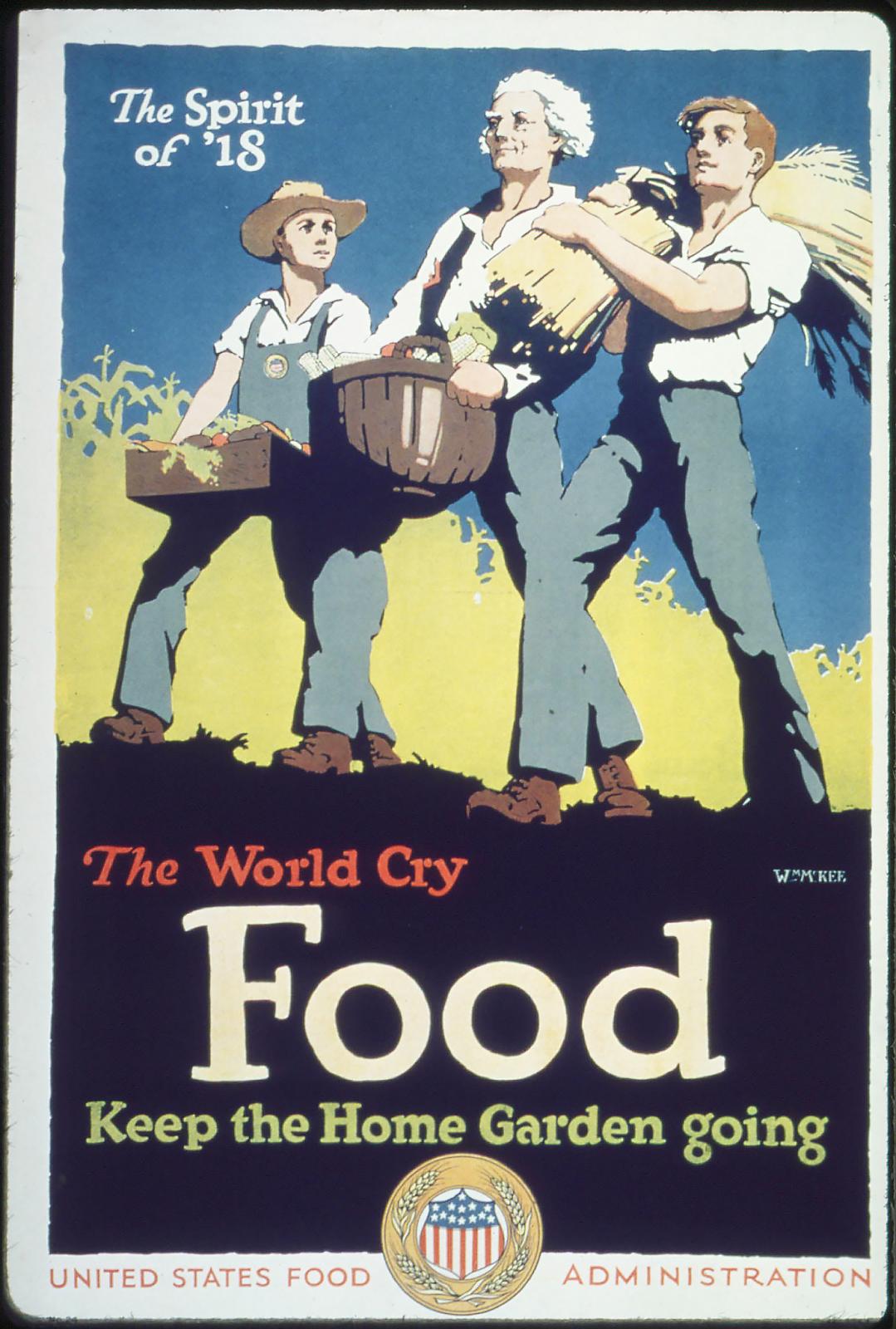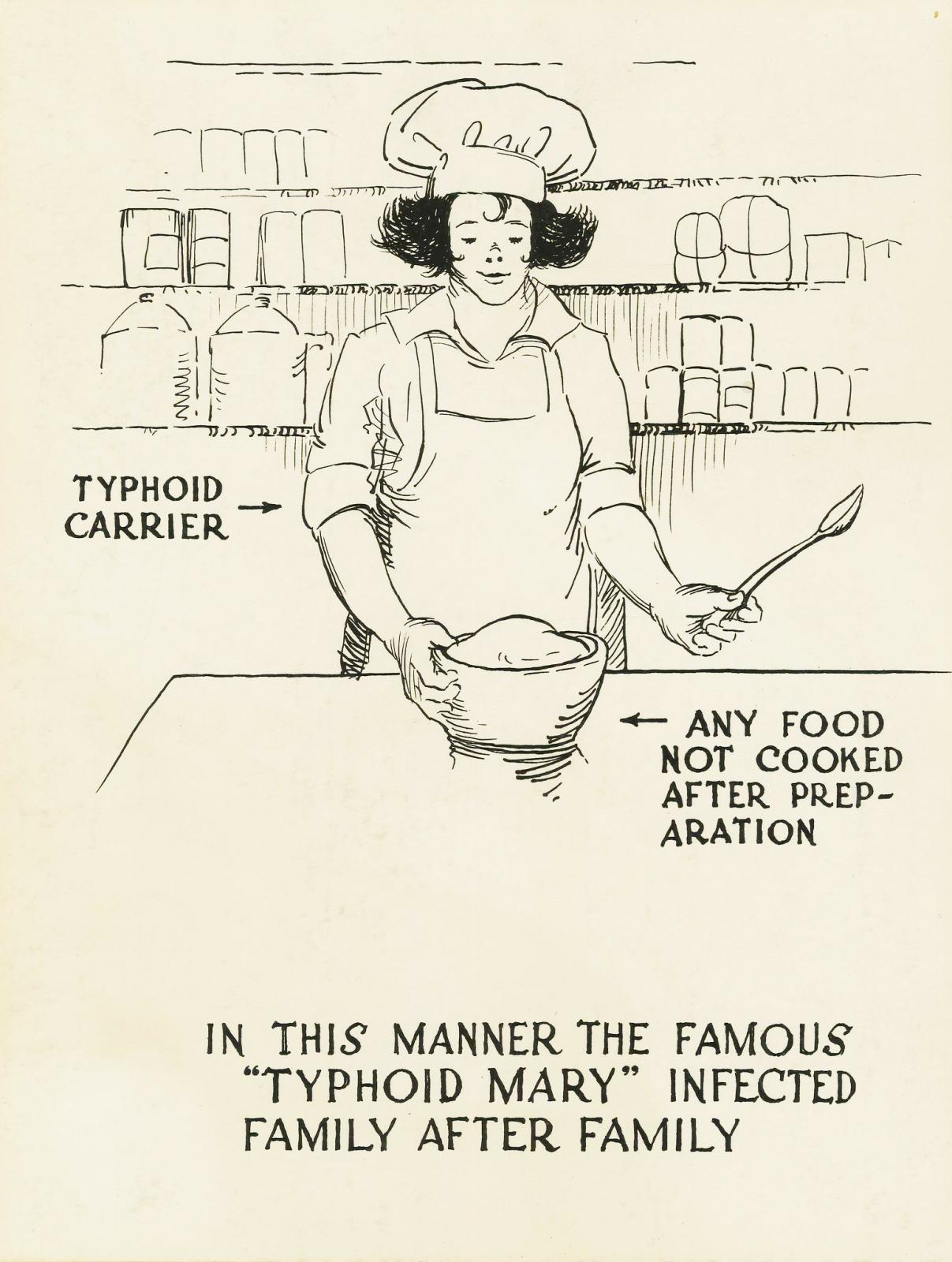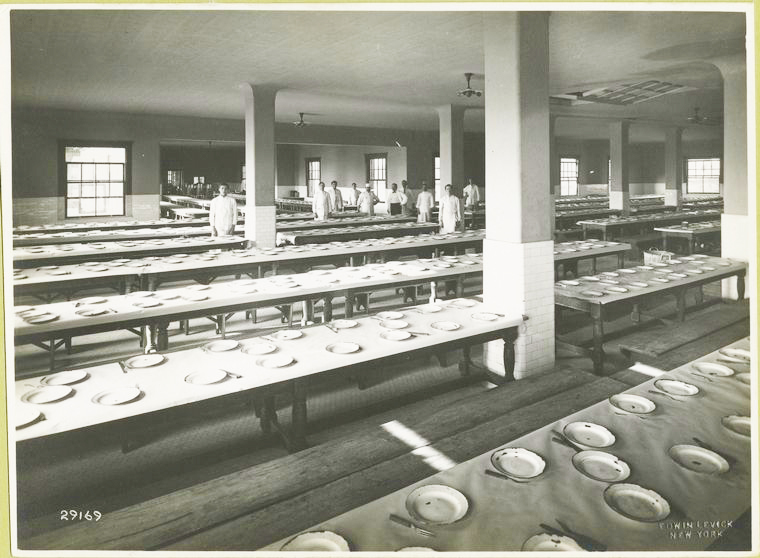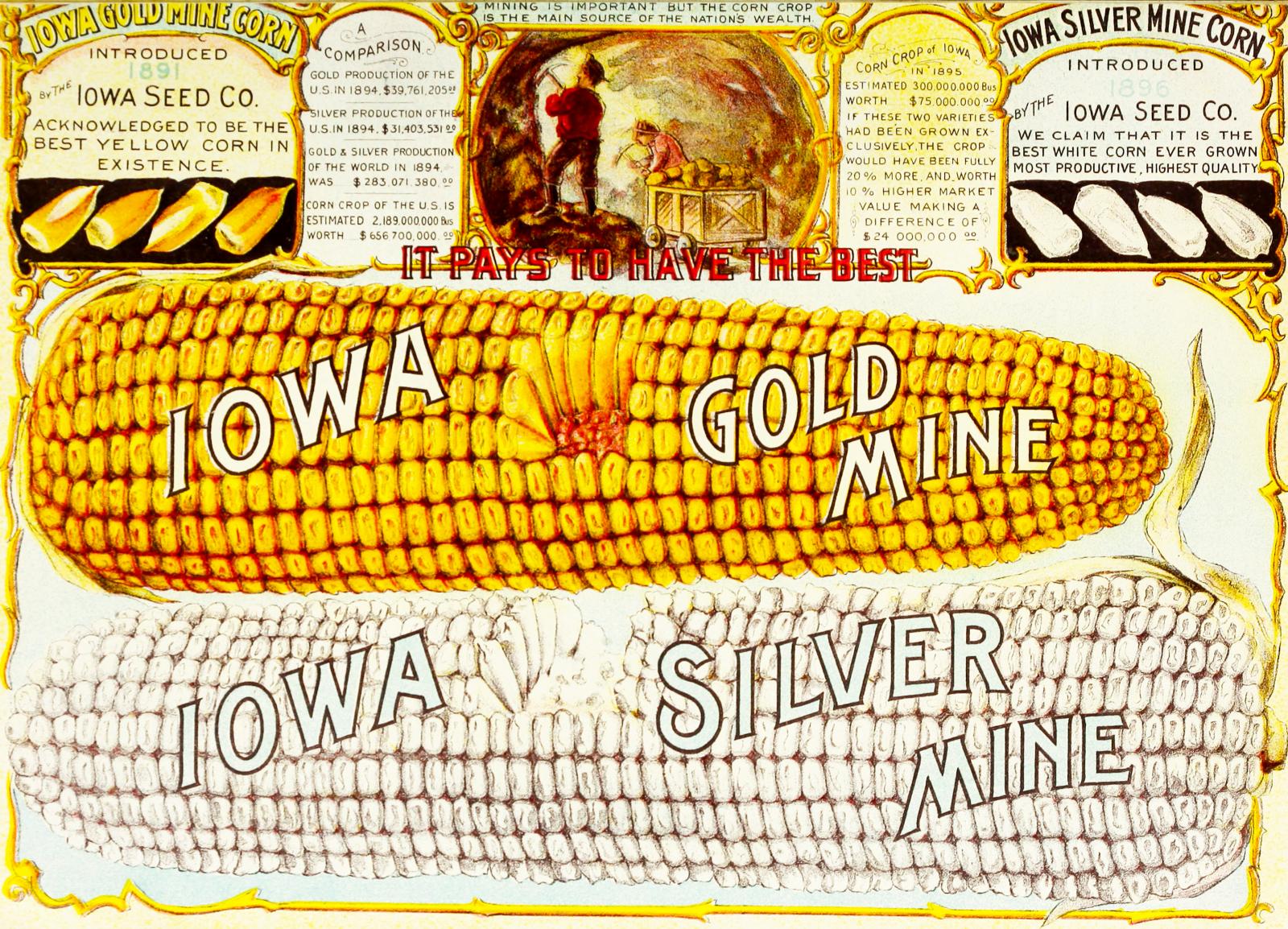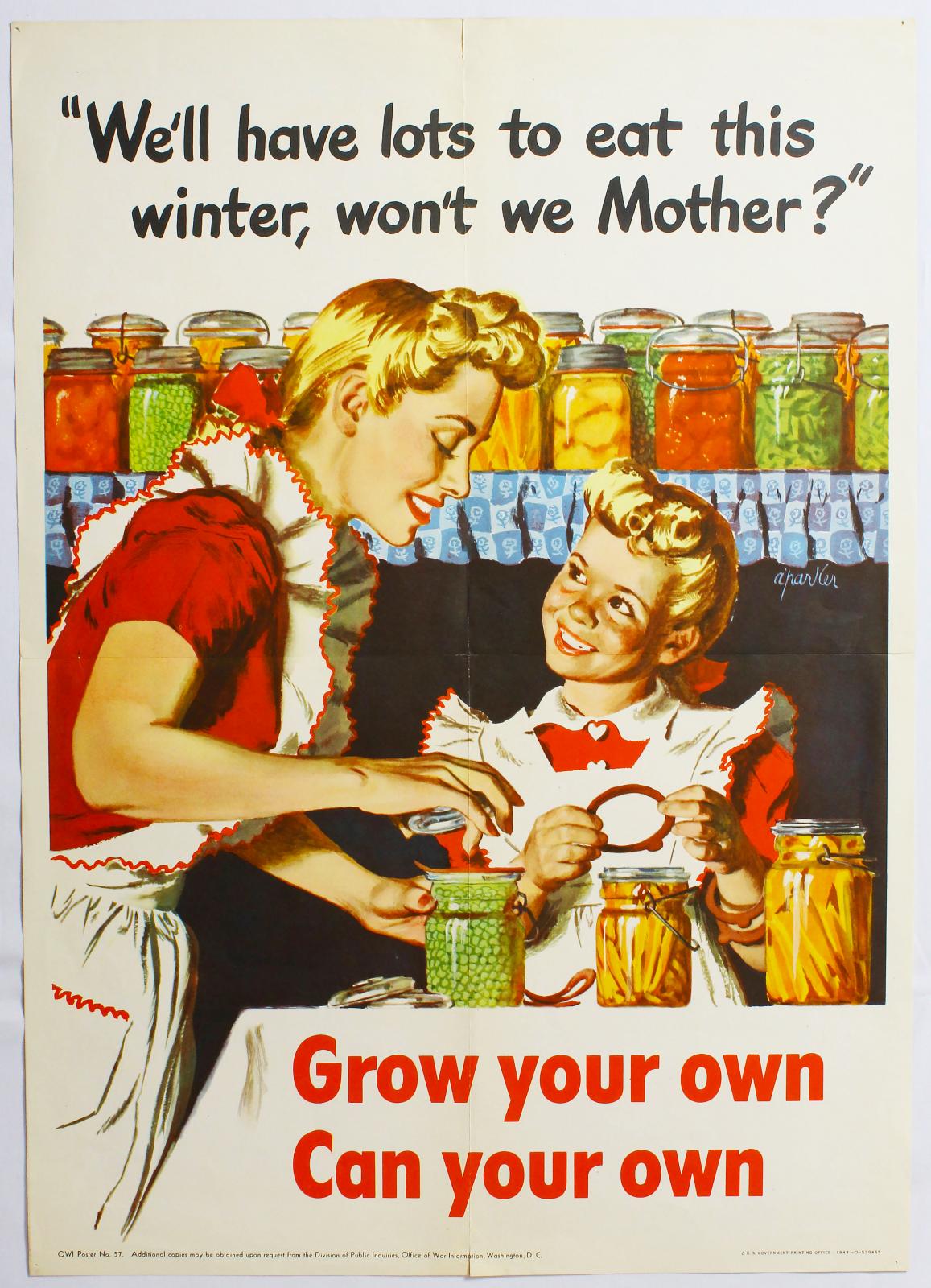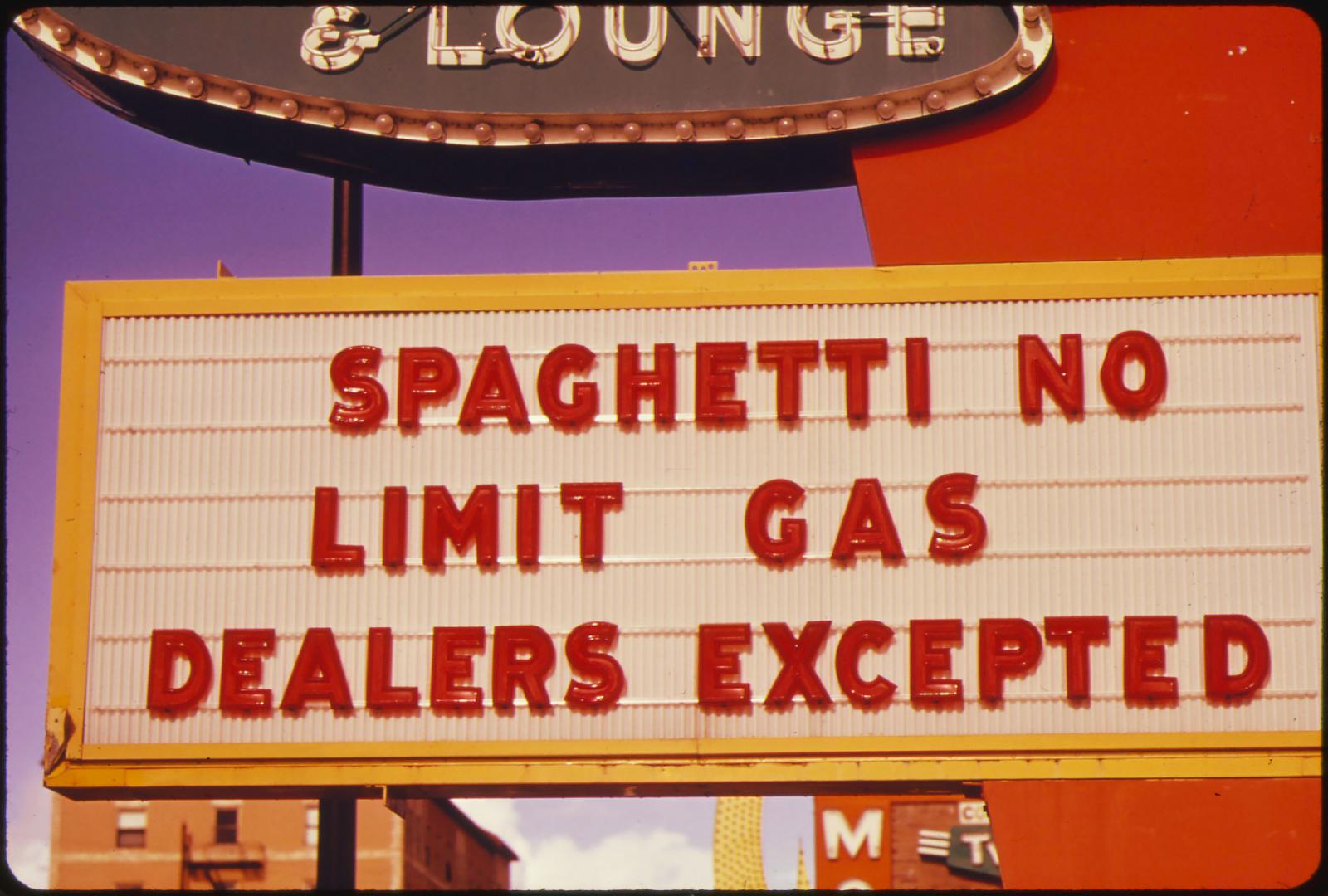Fermented Foods: A History
Suspicion of fermented foods owes to a peculiar blend of scientific and market forces so influential as to sway consumer preference in the direction of bland, unappetizing mass-produced substitutes for the zestier originals we can – and did – make ourselves.

In the spring of 2007, I received a small envelope containing a sourdough starter born on the Oregon Trail, a survival of American pioneers’ push westward. The starter could not have been more unprepossessing. It looked like dust and left me wondering whether I had erred in ordering it. I nevertheless mixed it with flour and spring water in a Mason jar and went to bed, only to wake to a bubbling goo that covered the countertop. As I cleaned up the mess it came home to me how much livelier than store-bought dried yeast this heirloom starter was. The starter had a personality, and a finicky one at that. It sulked when I left it unused in the refrigerator too long. And it sulked even more when I forced on it rice flour and tapioca during a gluten-free… Read More...

